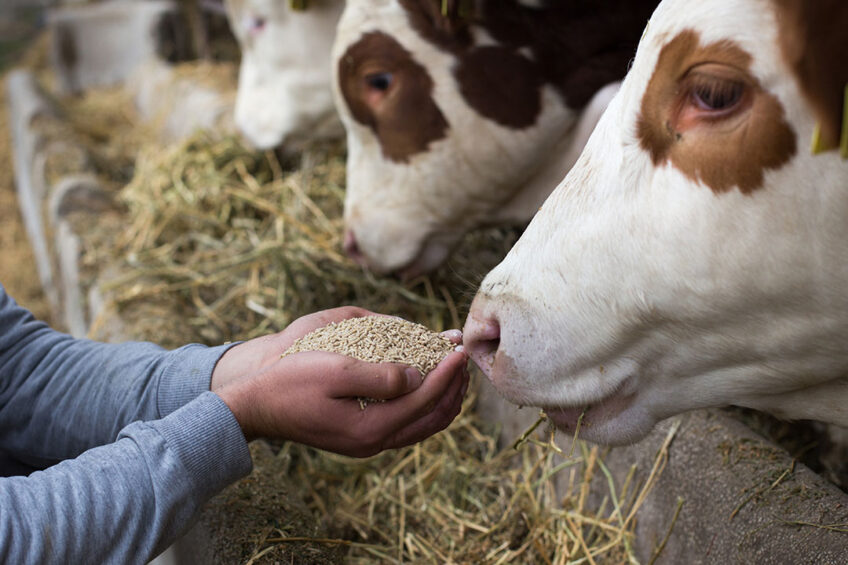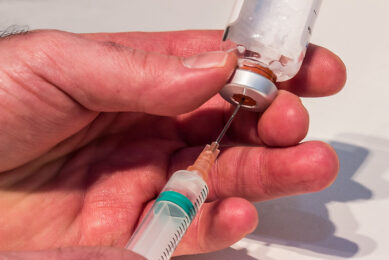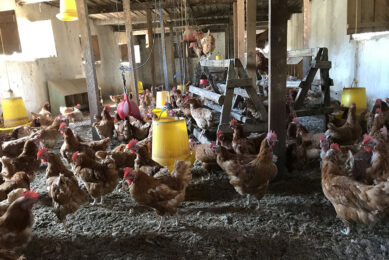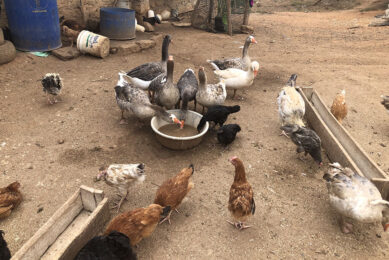Early mycotoxin detection, prevention and management

From inbound feed raw materials screening to regulatory compliance and conformance verification, the need for rapid methods and laboratory-based testing for mycotoxin detection is growing.
Aflatoxins were first identified as a threat to animal feeds more than 60 years ago. Since then, science has confirmed the existence of hundreds of mycotoxins, while just a few exhibit sufficient toxicity to warrant regulatory action, including; aflatoxins, fumonisins, vomitoxin (deoxynivalenol/DON), zearalenone, ochratoxin A and the combination of T-2 and HT-2 toxins.
Strict regulatory limits govern maximum allowable levels for unprocessed cereals, animal feed ingredients and finished feed products in the EU, US, Canada, Brazil, Korea, Japan and more geographic regions. In addition, initiatives such as the US Food Safety Modernization Act (FSMA) are driving demand for preventive monitoring tools that enable early detection of potential threats to feed quality and safety.
Feed manufacturers are faced with not only concerns about individual mycotoxins, but the possibility that more than one toxin is lurking in a single raw material or finished feed. The need to find and manage each potential threat is an essential step for cereal grains, milled products, oilseeds and other feedstuffs prior to acceptance into storage or manufacturing.
Simple, smart and safe
Innovations in rapid testing technologies have eliminated the need for cumbersome and complex testing procedures. Lateral flow strip tests have replaced earlier methods, offering single or multiple toxin detection from a single extraction, removing the need for individualised protocols for each mycotoxin.
Improvements in rapid methods
Lateral Flow Strip Tests
Lateral flow strip tests have evolved to use a water-based alternative to traditional organic solvent extraction. Water based extraction improves safety, reduces costs associated with solvent purchase, storage and disposal. However, earlier extraction protocols required hand shaking or vortex mixing for several minutes. However, a new technology is changing extraction for strip tests for the better.
A newly available extraction system, Vertu PREP, offers a 30 second extraction. Working in combination with the Vertu TOUCH strip test reader, up to 6 mycotoxins can be detected and quantified in minutes. This approach is uniquely designed to reduce time and consumables use by up to 77% and the test is easily customised to run 2, 3, 4, 5 or 6 mycotoxins.
Choosing the right test
While evaluating on-site testing options, start with an honest assessment of your operational needs:
- Who will function as the primary testing technician?
- Do multiple shifts require training and support?
- How will the test results be shared and used by quality team members?
According to Diego Montemayor, DVM and VICAM’s Latin America field sales manager, ”…3 main factors to consider when choosing a mycotoxin testing system are: speed, accuracy, and ease of use. These factors working together in a testing system will account for big money savings for any grain or feed business. Also, a good understanding of the important role that correct sampling plays in reducing variations of testing results will avoid a good amount of confusion, risk, and conflicts with raw material suppliers.”
For cereal grains, oilseeds and cereal pre-blends, rapid test kits are well suited to provide accurate mycotoxin results.
Laboratory testing: When & why it matters
While rapid testing enables preventive management on-site, is there still a need for laboratory detection? Yes, and here’s why. Several mycotoxins, including aflatoxins, represent a family or mixture of chemically related toxins. In the case of aflatoxin, a total aflatoxin result combines aflatoxins B1, B2, G1 and G2. So, when a rapid test kit delivers a result of 20 parts per billion for aflatoxin, that result is the sum of the concentrations of each sub-toxin B1, B2, G1 and G2. This is important because EU regulatory limits for aflatoxin include a unique maximum level for aflatoxin B1, in addition to a regulatory limit for the total aflatoxins, B1 + B2 +G1 + G2.
Using Liquid Chromatography (LC) or Liquid Chromatrography with Mass Spectrometry (LC-MS/MS), analytical testing laboratories can report total aflatoxins and each sub-toxin in the chemical family, enabling raw material and finished feed suppliers to ensure compliance with EU regulations. Additional scenarios where analytical laboratory testing offers value:
- Raw material supplier verification
- Export regulatory compliance
- Formulation development
- Novel ingredients
References available on request
To learn more about rapid detection or laboratory mycotoxin methods, contact our technical team:
techservice@vicam.com. Or visit www.vicam.com
Author:
Patricia Jackson, Vicam
 Beheer
Beheer





 WP Admin
WP Admin  Bewerk bericht
Bewerk bericht